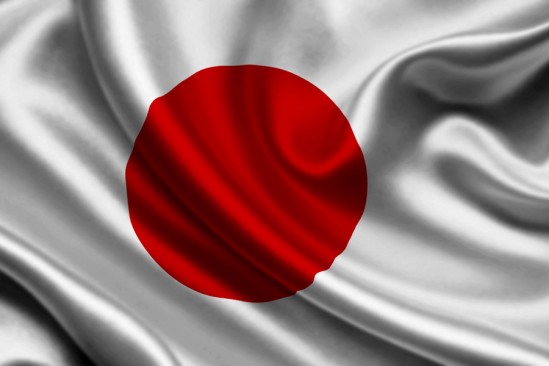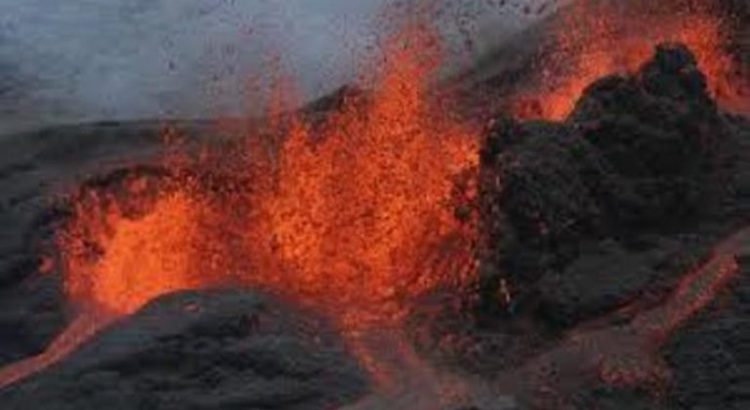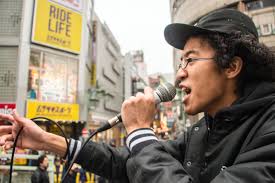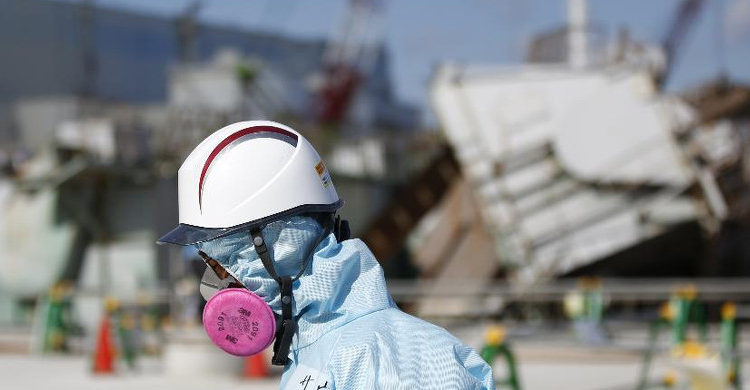Estados Unidos/Agosto de 2016/Terra
Un 8 de agosto nacieron personajes de la Cultura como el compositor André Jolivet, el saxofonista Benny Carter y el escritor Alberto Granado; murieron el pintor Alonso Sánchez Coello, la escritora Shirley Jackson y el compositor Peter Sculthorpe.
1512.- El conquistador español Hernán Cortés entra a la Ciudad de México y es recibido por el emperador Moctezuma II.
1588.- Muere el pintor español Alonso Sánchez Coello, reconocido como el más destacado retratista del Renacimiento en su país y el primero en especializarse en el género. Entre sus obras destacan «Retrato al Rey Felipe II», «El Espinar» y «El colmenar viejo». Nace en 1531.
1646.- Nace el pintor británico Godfrey Kneller, quien trabajó como pintor de la corte para varios reyes ingleses. Muere el 19 de octubre de 1723.
1857.- Nace la pianista y compositora francesa Cécile Chaminade, quien realizó numerosas giras de conciertos, sobre todo en Inglaterra. Autora de «Trío para piano op. 11», la sinfonía lírica «Les Amazones» y «Sonata para piano op. 21». Muere el 18 de abril de 1944.
1879.- Nace el líder campesino mexicano Emiliano Zapata, una de las figuras más importantes de la Revolución Mexicana. Muere asesinado el 10 de abril de 1919.
1891.- Nace el violinista alemán Adolf Busch, autor de la «Suite para clarinete bajo o clarinete», en 4 movimientos. Muere el 9 de junio de 1952.
1897.- Muere Antonio Cánovas del Castillo, presidente del Consejo de Ministros de España, asesinado por el anarquista italiano Michele Angiolillo. Nace el 8 de febrero de 1828.
1898.- Fallece el pintor Eugene Boudin, uno de los primeros paisajistas franceses en pintar al aire libre, experto en la representación del mar y la costa. Nace el 12 de julio de 1824.
1905.- Nace el músico y compositor francés André Jolivet, reconocido por sus sofisticados experimentos expresivos, con ritmo y nuevas sonoridades. Muere el 20 diciembre de 1974.
1907.-Nace el saxofonista, trompetista y arreglista estadounidense de jazz Benny Carter, creador de la primera banda de jazz interracial. Muere el 12 de julio de 2003.
1919.- Nace el escritor y periodista cubano Óscar Hurtado, considerado el padre de la ciencia-ficción de su país. Crea y dirige la colección «Dragón», primer sello que difunde la literatura policiaca en la isla. Muere el 23 de enero de 1977.
1922.- Nace el escritor argentino Alberto Granado, autor de textos científicos y testimoniales sobre su fallecido amigo Ernesto «Che» Guevara. Entre sus aportes destacan la fundación de las escuelas de Medicina de Santiago de Cuba y la de Ciencias Básicas y Preclínicas Victoria de Girón. Muere el 5 de marzo de 2011.
1922.- Nace el poeta español José María Fonollosa. Autor de «La sombra de tu luz», «Umbral del silencio», «Ciudad del hombre: Nueva York», «Poetas en la noche» y «Destrucción de la mañana». Muere el 7 de octubre de 1991.
1934.- Nace el comunicólogo español Román Gubern, estudioso de la comunicación audiovisual, presidente de la Asociación Española de Historiadores del Cine y miembro de la Association Francaise pour la Recherche sur I «Historie du Cinema».
1945.- Muere el poeta español Rafael Porlán, miembro de la Generación del 27, enrolado en la literatura de vanguardia y cuya obra manifiesta adscripción al surrealismo. Nace el 9 de abril de 1899.
1945.- Rusia declara la Guerra a Japón e invade Manchuria, en el marco de la Guerra del Pacífico (1879-1883).
1952.- Nace el escritor noruego Jostein Gaarder, autor de la famosa novela «El mundo de Sofía», reconocido por sus libros que examinan la historia de la filosofía y la religión.
1964.- Muere el historiador cubano Emilio Roig de Leuchsenring, quien dedica su vida a proteger y divulgar el patrimonio histórico y cultural de su país. Escribe más de 200 trabajos periodísticos, así como los libros «Historia de la Enmienda Platt» y «Martí antiimperialista». Nace el 23 de agosto de 1889.
1965.- Fallece la escritora estadounidense Shirley Jackson, quien se especializa en el género de terror, es autora de «The Lottery» (1948). Nace el 14 de diciembre de 1916.
1968.- En México, el Instituto Politécnico Nacional (IPN), las escuelas Normales de Agricultura de Chapingo, El Colegio de México y las universidades Nacional Autónoma de México, Iberoamericana, La Salle y las de provincia, conforman un Consejo Nacional de Huelga.
1994.- Muere el novelista y dramaturgo ruso Leonid Maksimovich Leonov. Su obra narrativa, influida por Fedor Dostoievski, es admirada por estructurar los dilemas morales y espirituales complejos. Nace el 31 de mayo de 1899.
1996.- Fallece escritor estadounidense Herbert Huncke, quien contribuye a la generación «Beat». Entre sus obras destacan su autobiografía «Culpable de todo» y «El diario de Huncke». Nace el 9 de diciembre de 1915.
2001.- El escritor mexicano José Emilio Pacheco gana el Premio Iberoamericano de Letras «José Donoso», que otorga la Universidad Talca de Chile. Entre sus obras destacan «Batallas en el desierto» y «El principio del placer».
2001.- El escritor queretano Ricardo García Mainou es galardonado con el Premio Nacional de Novela Breve «Rosario Castellanos», por su obra «Túnel», de la que destacan su narrativa y la fuerza de sus personajes.
2005.- Arqueólogos del INAH descubren en Xico, Estado de México, lo que podría ser la tumba de algún noble del periodo Coyotlatelco (800 a 1100 dC). Este hallazgo se suma a los 60 esqueletos y más de 300 piezas prehispánicas que se han encontrado hace algunos meses en la zona.
2008.- Con un gran despliegue de tecnología, en el que se combinan expresiones culturales milenarias y artísticas de vanguardia, se inauguran en la capital china los vigésimo novenos Juegos Olímpicos de la era moderna.
2009.- Muere el poeta, novelista, ensayista y crítico chileno Alfonso Calderón. Autor de obras como «Memorias de Memoria», «Memorial del viejo Santiago» y «Una bujía a pleno sol». Nace el 21 de noviembre de 1930.
2010.- Fallece el historiador científico español José María López Piñero. Entre sus obras figuran «La creciente aportación española a la ciencia», «La ciencia en la historia hispánica», «Historia de la medicina» y «Breve historia de la medicina». Nace el 14 de junio 1933.
2013.- Muere el pintor, muralista, escultor, grabador e ilustrador mexicano Fernando Castro Pacheco, cuya obra destaca por mostrar el espíritu y la historia del pueblo mexicano. Nace el 26 de enero de 1918.
2013.- Fallece a los 100 años de edad el historiador argentino Efraín Bischoff. Autor de «Historia de Córdoba» en sus 3 tomos, «Tres siglos de teatro en Córdoba», «El general San Martín en Córdoba» y «La Inquisición en Córdoba», entre otras obras. Nace el 30 de septiembre de 1912.
2014.- Muere el compositor australiano Peter Sculthorpe, quien destaca por sus principales composiciones «Irkanda IV», «Sun Music I», «String Quartet No. 8» y «Small Town», entre otras. Nace el 29 de abril de 1929.
2015.- Fallece el poeta estadounidense James Tate, Premio Nacional del Libro con su obra «Selected Poems», además del Premio Pulitzer y el Premio William Carlos Williams, es autor de «Distance from Loved Ones», «Constant Defender», «Viper Jazz». Nace el 8 de diciembre de 1943.
Fuente: https://entretenimiento.terra.com/efemerides-de-cultura-para-el-8-de-agosto,8048a96d43d087cd4b1dc4b120ef0ff4tjykc2py.html












 Users Today : 99
Users Today : 99 Total Users : 35404577
Total Users : 35404577 Views Today : 117
Views Today : 117 Total views : 3334157
Total views : 3334157